Joseph N. Wilson, Gerhard X. Ritter0849300754, 9780849300752
Table of contents :
Handbook of Computer Vision Algorithms in Image Algebra, Second Edition……Page 2
Preface……Page 4
Acknowledgments……Page 5
Notation……Page 6
Contents……Page 18
1.1. Introduction……Page 22
Contents……Page 0
1.2. Point Sets……Page 25
1.3. Value Sets……Page 31
1.4. Images……Page 34
1.5. Templates……Page 44
1.6. Recursive Templates……Page 54
1.7. Neighborhoods……Page 58
1.8. The p-Product……Page 63
1.9. Exercises……Page 68
1.10. References……Page 71
2.2. Averaging of Multiple Images……Page 75
2.4. Variable Local Averaging……Page 77
2.5. Iterative Conditional Local Averaging……Page 78
2.6. Gaussian Smoothing……Page 79
2.7. Max-Min Sharpening Transform……Page 80
2.8. Smoothing Binary Images by Association……Page 82
2.9. Median Filter……Page 85
2.10. Unsharp Masking……Page 88
2.11. Local Area Contrast Enhancement……Page 90
2.12. Histogram Equalization……Page 91
2.13. Histogram Modification……Page 92
2.14. Lowpass Filtering……Page 93
2.15. Highpass Filtering……Page 101
2.16. Exercises……Page 102
2.17. References……Page 104
3.2. Binary Image Boundaries……Page 105
3.3. Edge Enhancement by Discrete Differencing……Page 107
3.4. Roberts Edge Detector……Page 110
3.5. Prewitt Edge Detector……Page 111
3.6. Sobel Edge Detector……Page 113
3.7. Wallis Logarithmic Edge Detection……Page 114
3.8. Frei-Chen Edge and Line Detection……Page 116
3.9. Kirsch Edge Detector……Page 119
3.10. Directional Edge Detection……Page 121
3.11. Product of the Difference of Averages……Page 123
3.12. Canny Edge Detection……Page 125
3.13. Crack Edge Detection……Page 129
3.14. Marr-Hildreth Edge Detection……Page 131
3.15. Local Edge Detection in Three-Dimensional Images……Page 134
3.16. Hierarchical Edge Detection……Page 136
3.17. Edge Detection Using K-Forms……Page 138
3.18. Hueckel Edge Operator……Page 142
3.19. Divide-and-Conquer Boundary Detection……Page 148
3.20. Edge Following as Dynamic Programming……Page 151
3.21. Exercises……Page 154
3.22. References……Page 155
4.2. Global Thresholding……Page 157
4.3. Semithresholding……Page 158
4.4. Multilevel Thresholding……Page 160
4.6. Threshold Selection Using Mean and Standard Deviation……Page 161
4.7. Threshold Selection by Maximizing Between-Class Variance……Page 163
4.8. Threshold Selection Using a Simple Image Statistic……Page 169
4.10. References……Page 173
5.2. Pavlidis Thinning Algorithm……Page 174
5.3. Medial Axis Transform (MAT)……Page 176
5.4. Distance Transforms……Page 178
5.5. Zhang-Suen Skeletonizing……Page 182
5.6. Zhang-Suen Transform Modified to Preserve Homotopy……Page 185
5.7. Thinning Edge Magnitude Images……Page 187
5.9. References……Page 190
6.2. Component Labeling for Binary Images……Page 192
6.3. Labeling Components with Sequential……Page 195
6.4. Counting Connected Components by Shrinking……Page 197
6.5. Pruning of Connected Components……Page 200
6.6. Hole Filling……Page 201
6.7. Exercises……Page 202
6.8. References……Page 204
7.2. Basic Morphological Operations: Boolean Dilations and Erosions……Page 205
7.3. Opening and Closing……Page 210
7.4. Salt and Pepper Noise Removal……Page 211
7.5. The Hit-and-Miss Transform……Page 213
7.6. Gray Value Dilations, Erosions, Openings, and Closings……Page 215
7.7. The Rolling Ball Algorithm……Page 217
7.8. Exercises……Page 219
7.9. References……Page 220
8.2. Fourier Transform……Page 222
8.3. Centering the Fourier Transform……Page 225
8.4. Fast Fourier Transform……Page 228
8.5. Discrete Cosine Transform……Page 234
8.6. Walsh Transform……Page 238
8.7. The Haar Wavelet Transform……Page 242
8.8. Daubechies Wavelet Transforms……Page 250
8.9. Exercises……Page 256
8.10. References……Page 257
9.2. Pattern Matching Using Correlation……Page 259
9.3. Pattern Matching in the Frequency Domain……Page 263
9.4. Rotation Invariant Pattern Matching……Page 268
9.5. Rotation and Scale Invariant Pattern Matching……Page 271
9.6. Line Detection Using the Hough Transform……Page 273
9.7. Detecting Ellipses Using the Hough Transform……Page 280
9.8.GeneralizedHoughAlgorithmforShapeDetection……Page 285
9.9. Exercises……Page 288
9.10. References……Page 289
10.2. Area and Perimeter……Page 291
10.3. Euler Number……Page 292
10.4. Chain Code Extraction and Correlation……Page 294
10.5. Region Adjacency……Page 299
10.6. Inclusion Relation……Page 302
10.7. Quadtree Extraction……Page 305
10.8. Position, Orientation, and Symmetry……Page 308
10.9. Region Description Using Moments……Page 310
10.10.Histogram……Page 312
10.11. Cumulative Histogram……Page 314
10.12. Texture Descriptors: Spatial Gray Level Dependence Statistics……Page 315
10.13. Exercises……Page 321
10.14. References……Page 322
11.2. Image Reflection and Magnification……Page 324
11.3. Nearest Neighbor Image Rotation……Page 326
11.4. Image Rotation using Bilinear Interpolation……Page 328
11.5. Application of Image Rotation to the Computation of Directional Edge Templates……Page 331
11.6. General Affine Transforms……Page 335
11.7. Fractal Constructs……Page 337
11.8. Iterated Function Systems……Page 342
11.9. Exercises……Page 344
11.10. References……Page 345
12.1. Introduction……Page 347
12.2. Hopfield Neural Network……Page 348
12.3. Bidirectional Associative Memory (BAM)……Page 354
12.4. Hamming Net……Page 359
12.5. Single-Layer Perceptron (SLP)……Page 363
12.6. Multilayer Perceptron (MLP)……Page 366
12.7. Cellular Automata and Life……Page 373
12.8. Solving Mazes Using Cellular Automata……Page 374
12.9. Exercises……Page 376
12.10. References……Page 378
A.2. Classes in the……Page 380
A.3. Examples of Programs Using iac++……Page 406
A.4. References……Page 425
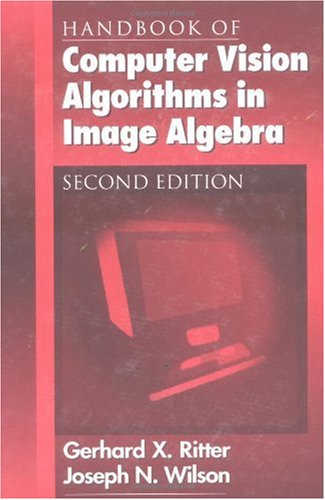
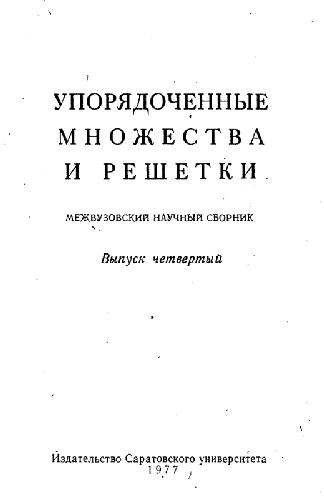
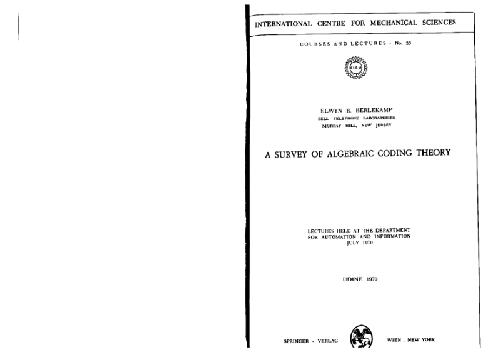
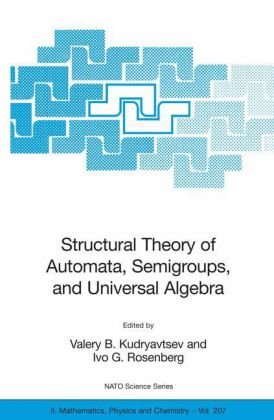
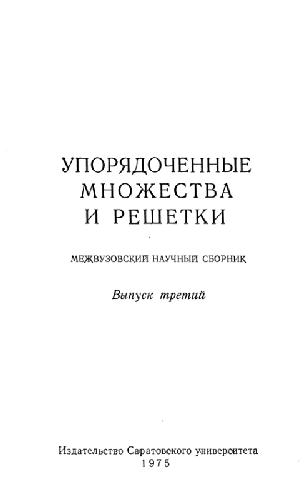
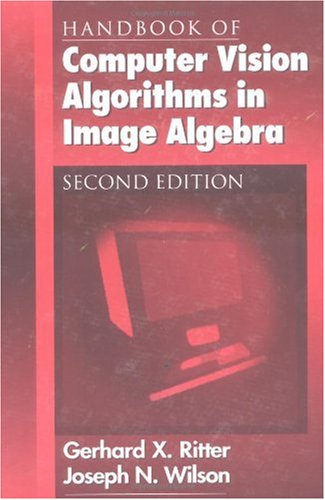

Reviews
There are no reviews yet.